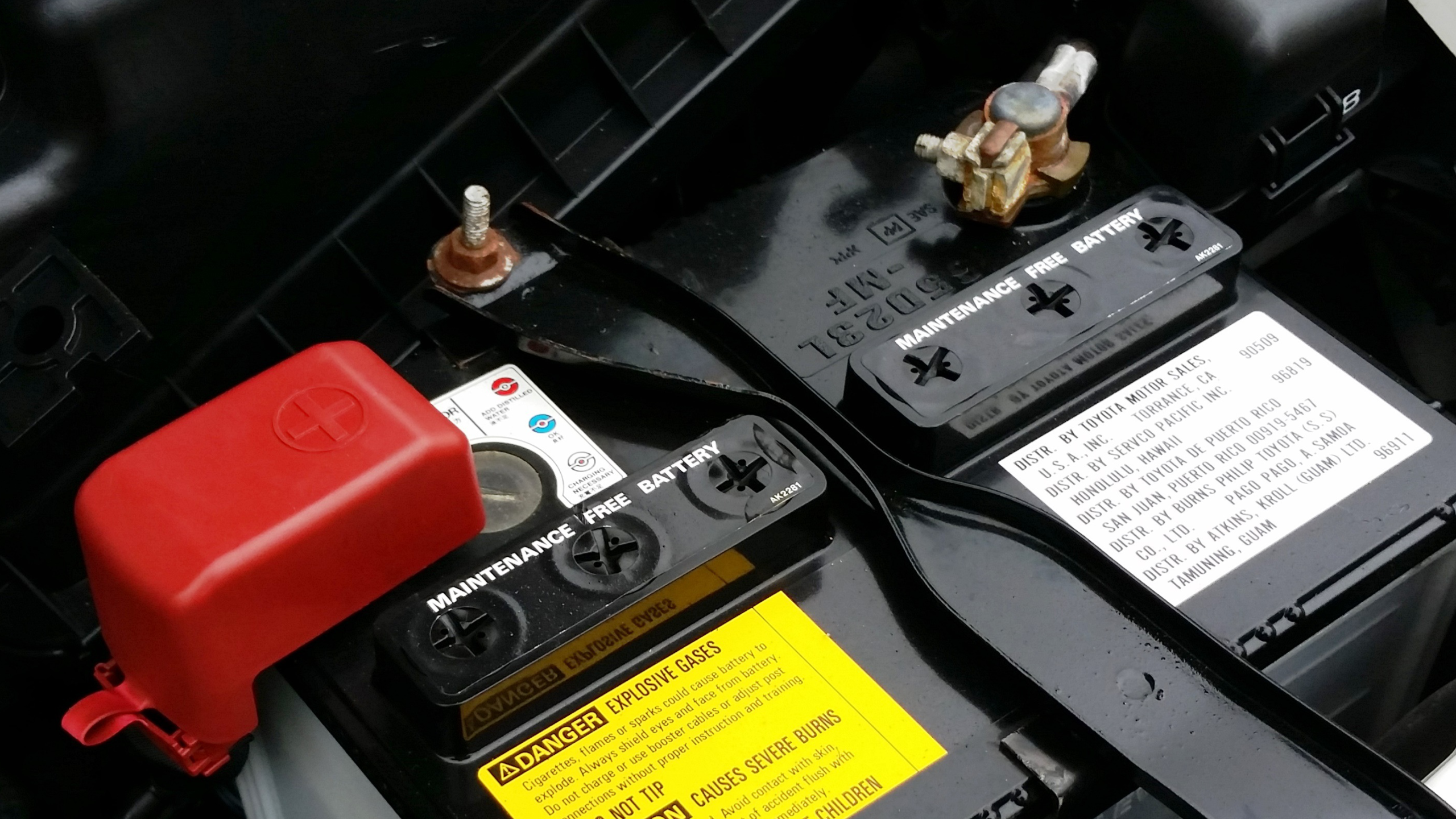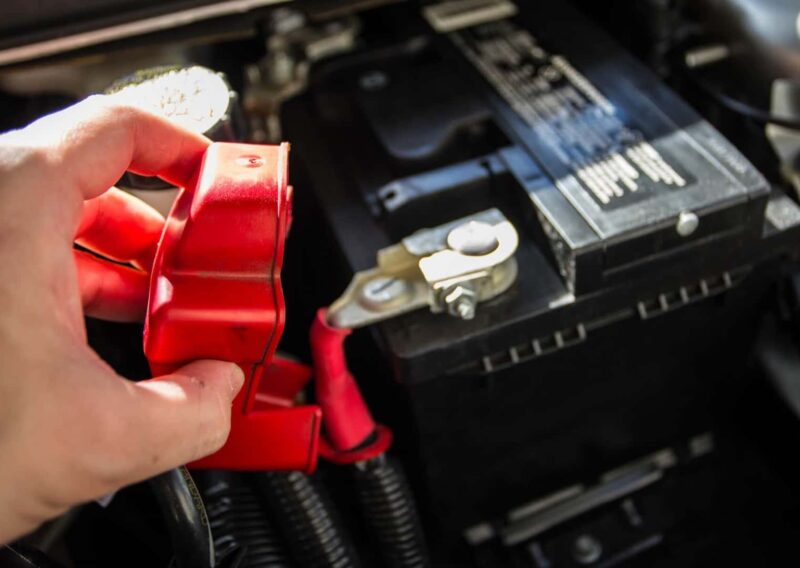When you’re out on the open water, the last thing you want to worry about is a dead marine battery. Yet, for many boaters, this frustrating reality seems all too common.
Why does it keep happening? Is it a manufacturing defect, or perhaps it’s an issue lurking beneath the surface of your boat maintenance routine? From improper charging habits to the challenges posed by harsh marine environments, several factors can conspire to drain yourbattery’ss life faster thayou’dud like. In this article, we well unravel the mysteries of your marine battery’s untimely demise and arm you with practical solutions to ensure your adventures are powered and uninterrupted.
Set sail with us as we delve into the often-overlooked aspects of marine battery care and discover how to steer clear of a dead end.
Common Reasons for Marine Battery Failure

Marine batteries, while robust and designed for the rigors of seafaring life, are not immune to failure, and understanding the common culprits can make all the difference. One prevalent issue is sulfation, where lead sulfate crystals form on the battery plates, often a result of irregular charging habits or prolonged disuse.
Overcharging is another significant factor; it can lead to excessive heat buildup, damaging the battery’s internals, and diminishing its lifespan. Additionally, corrosion – that insidious enemy – can compromise connections, causing voltage drops and unreliable power delivery. ThThearsh marine environment with its salty air can contribute to physical wear and tear, making even the hardiest batteries vulnerable. Regular maintenance and vigilance can mitigate these issues, but many boaters often overlook the simple checks that could prevent a premature battery demise.
For those looking to upgrade or replace aging units, a smart move would be to buy AGM batteries in Malta, known for their durability and low maintenance in marine conditions.
Troubleshooting Your Marine Battery

Troubleshooting your marine battery can be a bit daunting, but with a systematic approach, it becomes manageable. First, check the connections; loose or corroded terminals can lead to insufficient power transfer. If the connections look clean and tight, consider testing the battery’s voltage with a multimeter.
A reading below 12.4 volts indicates the battery may be undercharged or faulty.
Next, examine the charging system; a malfunctioning charger can fail to deliver adequate current, resulting in a battery that just won’t hold a charge. If everything seems in order, yet the battery still struggles, inspect for parasitic draws—devices that drain power even when turned off.
Rely on your senses; listen for clicks, watch for dimming lights when the engine is off; these can provide clues. Remember, persistence is key in uncovering the root cause, so keep probing until you find the solution!
Conclusion

In conclusion, understanding why your marine battery keeps dying is crucial for ensuring a smooth and enjoyable boating experience. By identifying common issues such as improper maintenance, frequent short trips, and inadequate charging, you can take proactive steps to extend the life of your battery.
If you’re looking for a reliable solution to avoid repeated battery failures, consider investing in AGM batteries, available conveniently in Malta. These batteries offer enhanced durability and lower maintenance requirements, making them an excellent choice for marine environments.
By implementing the right strategies and opting for high-quality batteries, you can safeguard your vessel’s performance and ensure that your adventures on the water remain uninterrupted.


